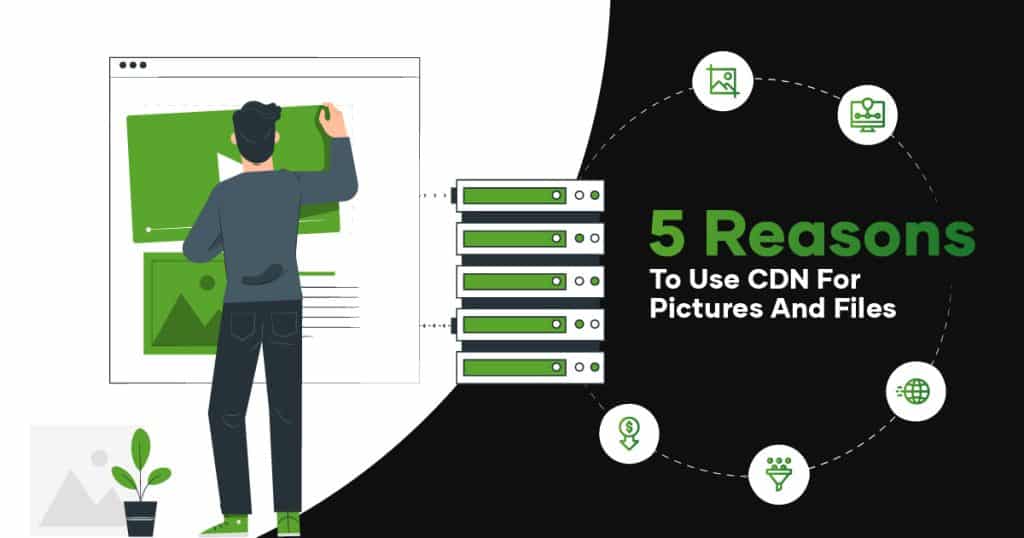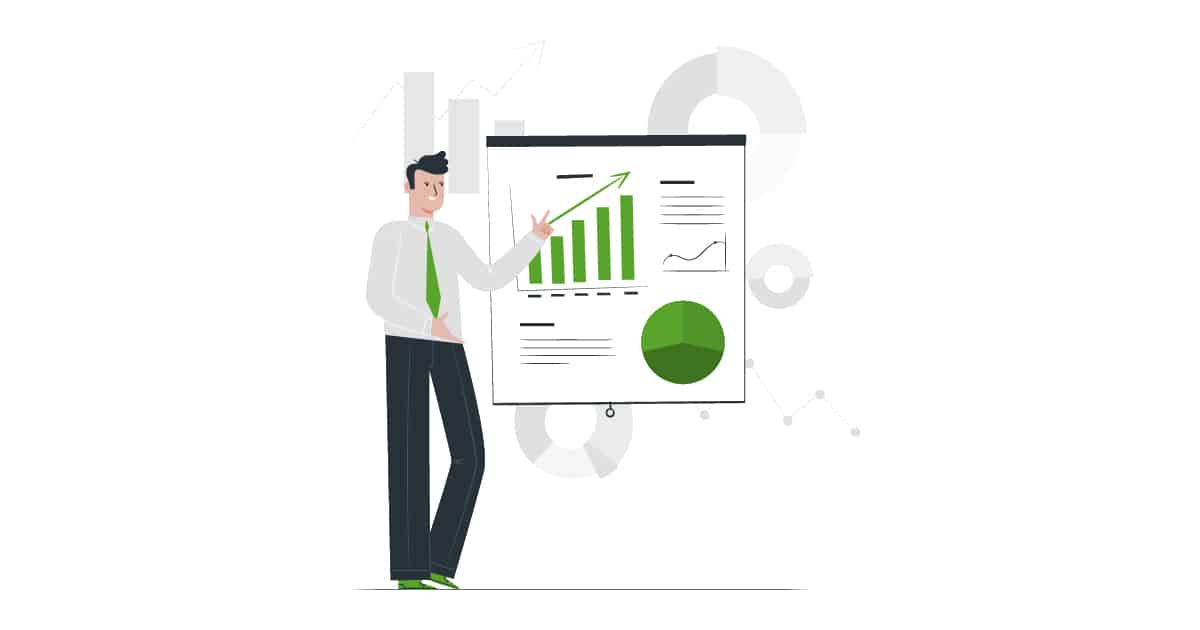
Content delivery network sets the foundation for better browsing and streaming. The science behind this is that while your server sits in one location, a CDN with multiple globally distributed servers stores your web content in the form of cache and delivers it to your users without any delay. The problem with storing web content on a single server or a physical device is the delayed load time. It loads fast only for the users who are close to that origin server. This is where CDN comes to the rescue.
CDN for pictures
Images are a bit more complicated as compared to the content in text form. Many things need to be considered such as format, dimensions, image compression, aspect ratio, as well as the fact that the image’s visual quality should be well balanced. Hence, a set of software enhancements are applied in order to enhance the underlying CDNs functionality which eventually optimizes the images in real-time to make the whole process smooth and seamless. Basically, the main difference between standard CDN and image CDN is that the latter is built on top of existing ones with software enhancements.
Faster browsing
You must have come across many websites that take forever to load. Considering the fact that a visitor abandons a page that takes longer than 4 seconds to load, Image CDN is an essential element. An image CDN automatically optimizes your images via strategically placed PoPs globally. An image CDN selects the most efficient format for the image. Thanks to modern technological innovations, some smart CDNs are capable of converting pictures to next-gen formats such as WebP when required. It results in better compression as compared to JPEG without losing quality.
Moreover, Image CDN dynamically adjusts format, quality, and dimensions based on device size, pixel density, and page layout to deliver responsive images.
Better chances to rank higher
If you’re even slightly familiar with the process of streaming, SEO, and website loading, you would know that faster browsing helps rank your website higher on search engines. CDN can help optimize your website and increase load time. And in return, the visitors find the overall experience extremely pleasant. As per Google’s study, even as little as a nanosecond in load time can lead to people abandoning your website.

Higher conversion with CDN for pictures
How likely are you to make a purchase on a website that is slow? One of the major factors contributing to higher conversion, especially for e-commerce websites, is the product images. And if the images take too long to open, the customer may lose interest. With a faster web experience, more users will make it to the checkout point. CDN makes things better for website owners by helping increase conversion rates.
Protection against cyber attacks
Some CDN for pictures platforms offer advanced features that not only optimize your website but also provide protection against cyber attacks. With SSL encryption the data that is transferred between the servers and the viewers are fully secured. Access control keeps a check on who uploads the data and what type of content is being offered.

Reduced cost
If you compare traditional web hosting and CDN, the former is much more cost-effective. The image optimization it provides significantly reduces your traffic costs. The amount of transferred data is reduced because the images weigh less, thanks to CDN.
For an effective CDN for pictures and files, all you need to do is identify your current bandwidth usage from your hosting provider. You can use the 5centsCDN bandwidth calculator to figure out your website requirements.